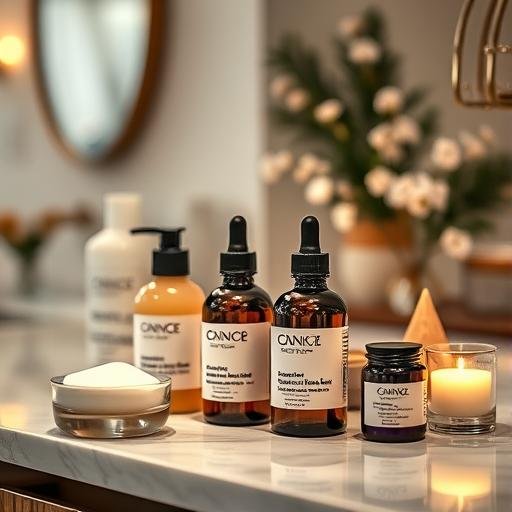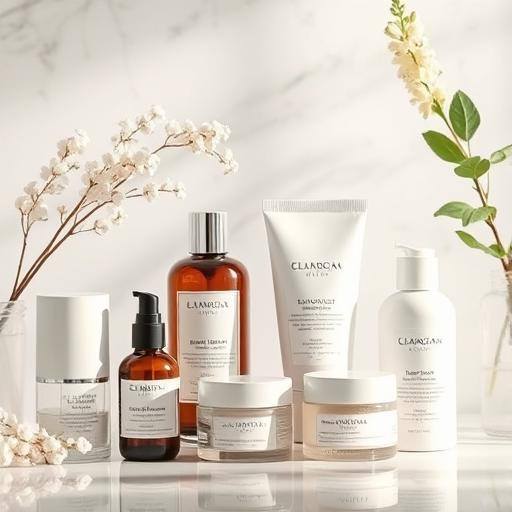
The Science of Skin Fasting: Can Less Really Be More for Your Skin?
In a world where 10-step skincare routines are the norm, a new trend is flipping the script: skin fasting. The idea? Temporarily ditching your serums, toners, and treatments to let your skin “reset.” But does skipping products actually improve your skin, or is it just another wellness fad? Let’s dive into the science behind this minimalist approach.
What Is Skin Fasting?
Skin fasting is the practice of temporarily reducing or eliminating skincare products—especially actives like retinoids, acids, and heavy moisturizers—to allow your skin to recalibrate. Proponents claim it helps restore the skin’s natural barrier, reduces dependency on products, and even clears breakouts. But is there any truth to this?
The Potential Benefits of Skin Fasting
1. Resetting Your Skin Barrier
Overloading your skin with actives can sometimes weaken its moisture barrier, leading to irritation, redness, and sensitivity. A short break may help your skin rebuild its natural protective layer.
2. Reducing Product Overload
If you’re using too many products, your skin might not absorb them effectively. A pause can help you reassess what your skin truly needs.
3. Identifying Irritants
By stripping back your routine, you may pinpoint which products were causing issues like clogged pores or irritation.
The Downsides of Skin Fasting
1. Not for Everyone
If you rely on prescription treatments (like acne or rosacea medications), stopping abruptly could worsen your condition. Always consult a dermatologist first.
2. Potential for Dryness or Breakouts
Some skin types may react negatively to sudden changes, especially if they’re used to hydrating or exfoliating products.
3. Limited Scientific Evidence
While anecdotal success stories exist, there’s little clinical research proving skin fasting is universally beneficial.
How to Try Skin Fasting Safely
If you’re curious, here’s how to experiment without wreaking havoc on your skin:
- Start slow: Skip just one product (like a serum) for a few days.
- Keep the basics: Always cleanse and wear sunscreen—these are non-negotiable.
- Listen to your skin: If it feels tight, itchy, or breaks out, reintroduce hydration or treatment products.
- Limit the fast: Try 2-3 days max, especially if you have dry or sensitive skin.
The Verdict: Should You Try It?
Skin fasting isn’t a miracle cure, but it can be a useful experiment—especially if your skin feels overwhelmed. Think of it as a “detox” for your routine, not a long-term solution. The key? Balance. Your skin needs care, but sometimes, less really is more.
Have you tried skin fasting? Share your experience in the comments!
“`
RELATED POSTS
View all


